Fitness Bikes – Stationary, Spin & Recumbent
Showing 1–20 of 22 results
-

Air Bike Unlimited by CASCADE
$2,395.00 Add to cart -

Air Bike Unlimited Mag by CASCADE
$2,595.00 Add to cart -

B6 Upright Bike by CIRCLE FITNESS
Read more -

B8 Upright Bike by CIRCLE FITNESS
Read more -

CMX Pro Exercise Bike by CASCADE
$1,795.00 Add to cart -

CMX Pro Power Exercise Bike by CASCADE
$2,295.00 Add to cart -

Compass Training Bike by CASCADE
$2,595.00 Add to cart -
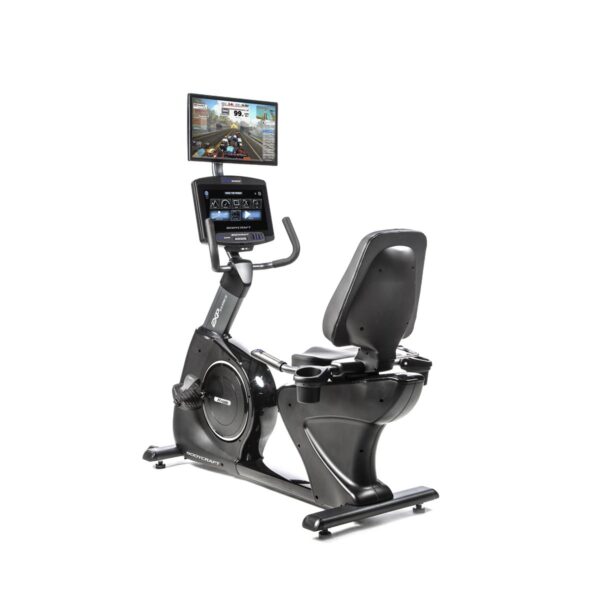
R1000 RECUMBENT BIKE by Bodycraft
Price range: $3,999.00 through $4,999.00 Select options This product has multiple variants. The options may be chosen on the product page -

R6 Recumbent Bike by CIRCLE FITNESS
Read more -

R8 Recumbent Bike by CIRCLE FITNESS
Read more -

SP6 Indoor Cycle by Circle Fitness
Read more -

SP7 Indoor Cycle by Circle Fitness
Read more -

SP7B Indoor Cycle by Circle Fitness
Read more -
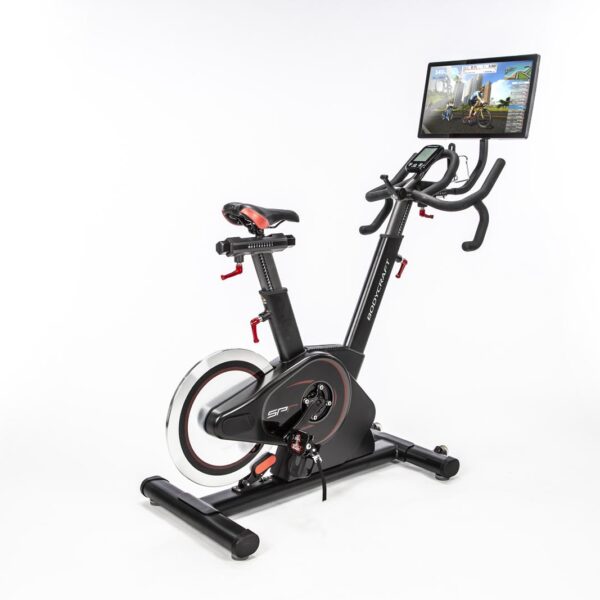
SPR Bike by Bodycraft
Price range: $1,999.00 through $3,499.00 Select options This product has multiple variants. The options may be chosen on the product page -
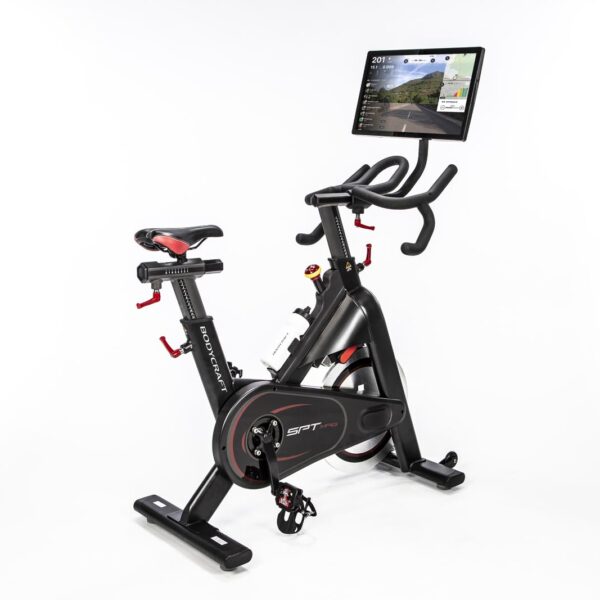
SPT MAG Bike by Bodycraft
Price range: $1,499.00 through $2,999.00 Select options This product has multiple variants. The options may be chosen on the product page -
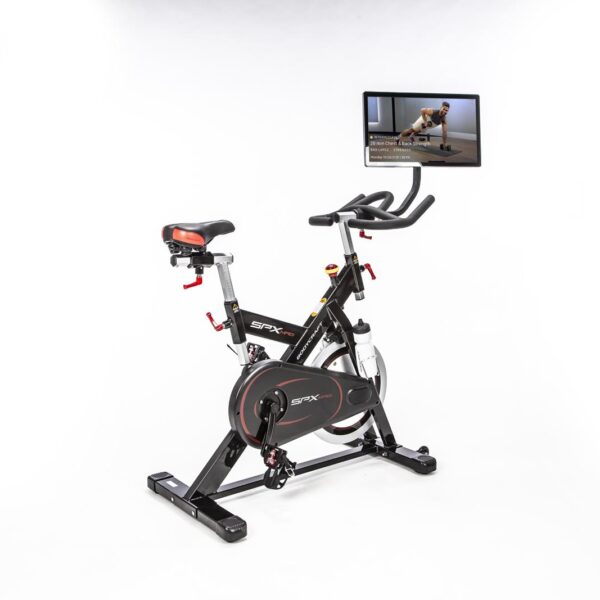
SPX MAG Bike by Bodycraft
Price range: $1,699.00 through $3,199.00 Select options This product has multiple variants. The options may be chosen on the product page -
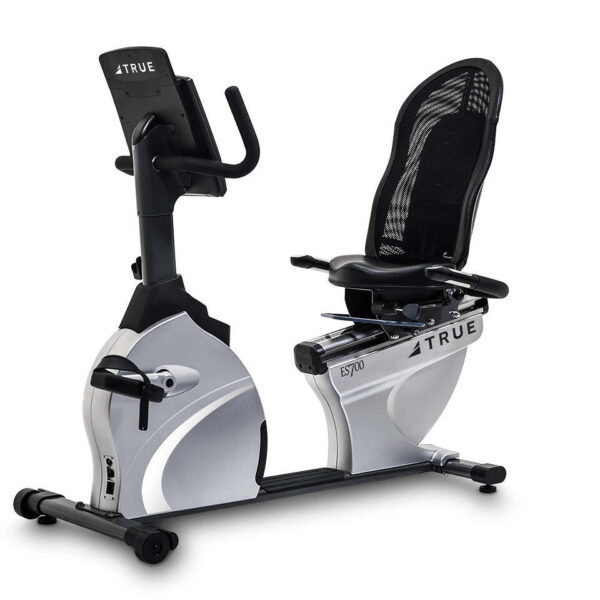
TRUE ES700 Recumbent Bike by TRUE FITNESS (New Model Available!)
Read more -
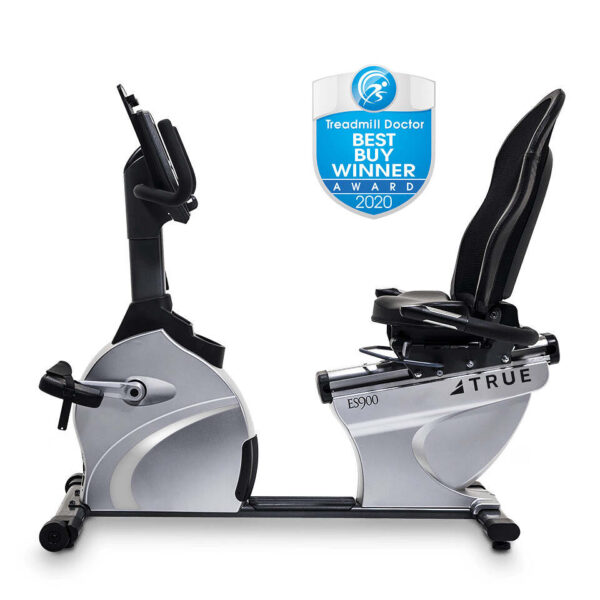
TRUE ES900 Recumbent Bike by TRUE FITNESS (New Model Available!)
Read more -
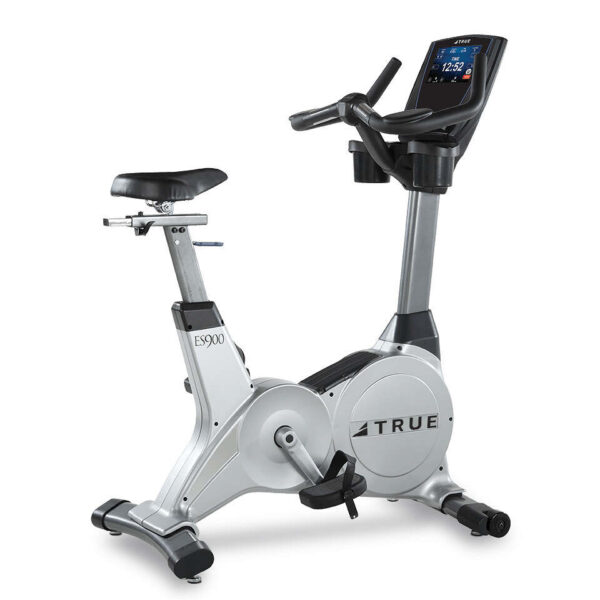
TRUE ES900 Upright Bike by TRUE FITNESS (New Model Available!)
Read more -
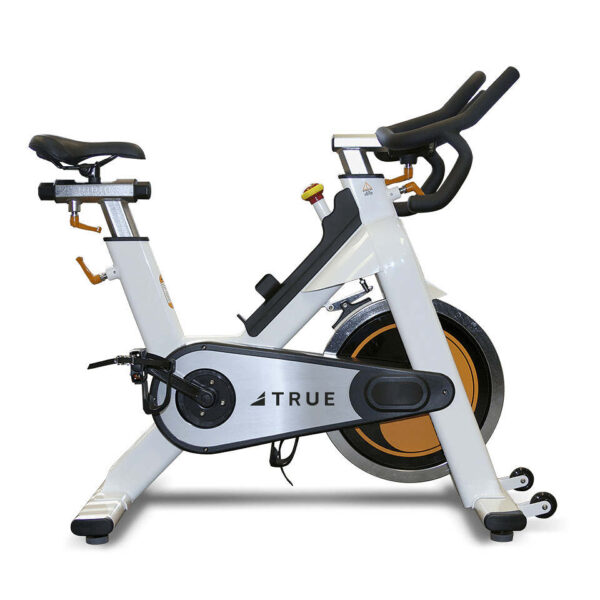
TRUE Indoor Cycling Bike by TRUE FITNESS (New Model Available!)
Read more
Why Choose Fitness Bikes?
Fitness bikes are your go-to for low-impact cardio that torches calories, strengthens your lower body, and suits every fitness level. A quality stationary bike delivers:
- Joint-friendly workouts—minimal stress on knees & hips
- Custom resistance—from easy spins to intense climbs
- Space-efficient design—perfect for home gyms or commercial studios
Types of Fitness Bikes (Which One Is Right for You?)
Upright Bikes
- Position & feel like a traditional outdoor bicycle.
- Best for: general cardio, interval training, and riders seeking an authentic ride.
- Tip: Keep your spine neutral—avoid hunching over the console.
Recumbent Bikes
- Reclined seat with back support for extra comfort.
- Best for: longer rides, lower-back support, and rehabilitation.
- Tip: Adjust seat distance so knees are slightly bent at full pedal extension.
Spin & Indoor Cycling Bikes
- Heavy flywheel and drop handlebars mimic studio cycling.
- Best for: high-intensity interval training (HIIT) and group workouts.
- Tip: Wear cycling shoes or use clip-in pedals for efficient power transfer.
Air & Fan Bikes
- Unlimited resistance ramps up as you pedal faster—no presets needed.
- Best for: full-body HIIT, cross-training, and athletic conditioning.
- Tip: Use the handles in sync with your legs to engage core and upper body.
Setting Up Your Bike for Success
Proper setup is crucial for comfort, efficiency, and injury prevention:
- Seat Height: Hip-level when standing beside the bike. Leg should be ~10–15° bent at the bottom of the pedal stroke.
- Seat Fore/Aft: Knee over pedal spindle when cranks are horizontal.
- Handlebar Position: Height and distance to maintain a slight bend in your elbows without rounding shoulders.
- Pedal Straps/Cleats: Secure feet so they don’t slip but can still release easily.
Workout Tips & Sample Routines
Keep motivation high and results consistent with these go-to workouts:
Beginner Endurance Ride (30 min)
- Warm-up: 5 min easy pedal
- Main set: 20 min at moderate resistance, cadence 70–80 RPM
- Cool-down: 5 min easy spin
HIIT Crusher (20 min)
- Warm-up: 4 min, gradually ramping resistance
- Repeat 8×: 30 sec max effort / 60 sec easy spin
- Cool-down: 4 min easy spin
Hill Climb Simulation (40 min)
- Warm-up: 10 min at low resistance
- Main set: Increase resistance every 5 min for 20 min (mimic 4 “climbs”)
- Cool-down: 10 min decreasing resistance
Maintenance & Care Tips
- Wipe down sweat and dust after each ride to prevent corrosion.
- Inspect belt or chain tension monthly—refer to your bike’s manual for specifics.
- Lubricate moving parts (as recommended) to keep resistance smooth.
- Check bolts quarterly to ensure frame and console mounts remain secure.
Frequently Asked Questions
What’s the difference between upright and recumbent bikes?
Upright bikes position you more like an outdoor ride—better for core engagement and standing climbs. Recumbent bikes offer lumbar support and are gentler on the back and joints.
How often should I replace my bike’s pedals or straps?
Inspect them every 3–6 months if used regularly. Replace at the first sign of cracking, looseness, or loss of grip.
Can I share a home bike with multiple users?
Yes—just adjust the seat fore/aft and height between users. For heavy family use, consider a commercial-grade model with wider adjustment ranges.